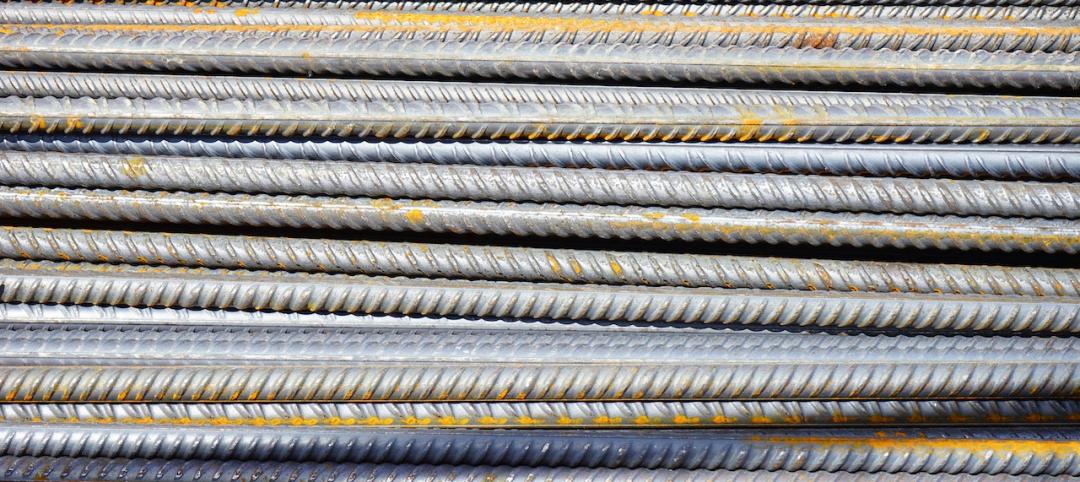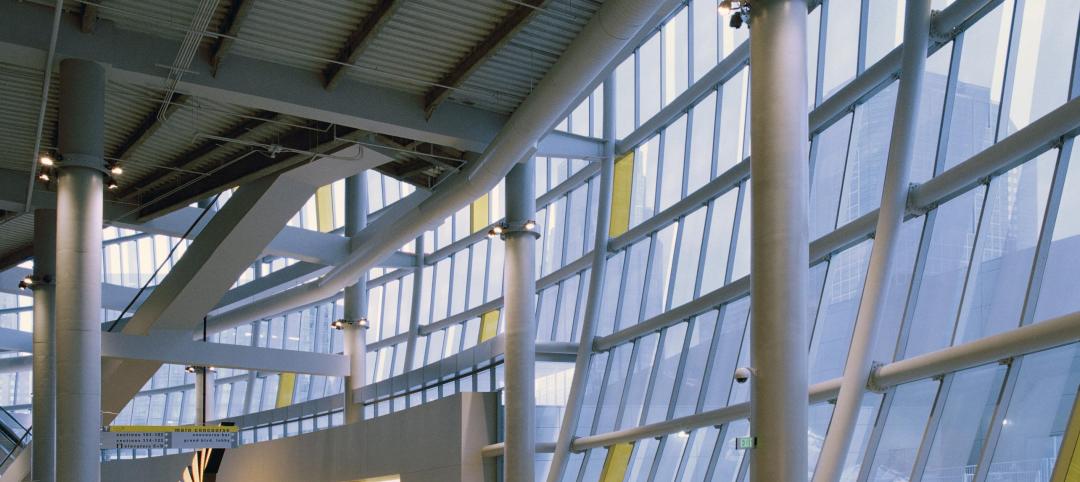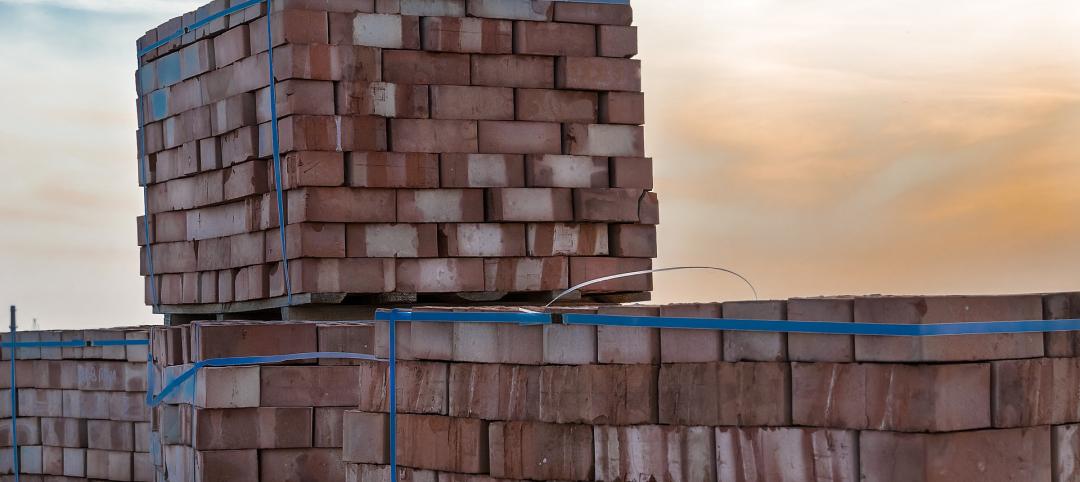Around the world, major government and social initiatives are driving demand for sustainable building design and CO2-free energy. In recent years, as the volume of solar cells being manufactured and installed in buildings has increased, the cost has lowered significantly.
The United States government has supported this effort through the Solar Investment Tax Credit (ITC). Since the program was implemented in 2006, the residential and commercial solar ITC has helped spark 10,000% growth in the U.S. solar industry, with an average annual growth of 50% over the last decade alone. The ITC currently offers a 26% tax credit for solar systems on commercial properties and can be applied to customer-sited commercial solar systems. The ITC credit can apply to aggregate investment in both energy-generating glass panels and electrical components.
Like sustainability, design expectations for commercial buildings are also at an all-time high. In glass specifications, today’s buildings can demand any combination of solar control performance, ultimate transparency, tinted aesthetics and colorful treatments.
Manufacturers like Vitro Architectural Glass have responded with building-integrated photovoltaic (BIPV) glass products like Solarvolt™ BIPV.
Where to Use BIPV Modules
Building-integrated photovoltaic (BIPV) glass modules have emerged as a solution to satisfy these challenges — CO2-free energy generation and design utility — while simultaneously replacing conventional building envelope materials, such as wall cladding or roofing. In fact, BIPV glass can be used to enhance virtually any exterior element: balustrades and balconies, skylights, roof elements, carports and more.

Most notably, BIPV glass modules like Solarvolt™ BIPV can perform the functions of classic glass façades, vision glazing and spandrel glass. In these applications, the solar module replaces conventional building panels and functions as external weather protection for the façade. Tailor-made solar modules comply with all design requirements for glass façades and can be installed with most conventional glass framing systems. For structural glazing, modules utilizing tempered glass with inter-window strips can be integrated into building envelopes and roof surfaces adjacent to heated rooms.
BIPV also can be used for sunshading elements, not only capturing sunlight to generate energy, but also protecting against the sun and glare. BIPV overhead glazing, canopy structures and skylights can harness “solar painting,” a term often used to refer to the interplay of light and shadow resulting from the spacing between individual solar cells. In addition to generating power, BIPV glass balustrades and balconies can highlight the architectural character of buildings and their surroundings while meeting requirements for safety or accident-proof glazing at the same time.
New Design Possibilities
A BIPV module typically consists of solar cells laminated between two glass lites — these can be comprised of virtually any glass product and with any high-performance low-emissivity (low-e) coating to provide yet another measure of environmental performance.
This means BIPV can meet a range of design goals. Designers can realize dynamic, colorful concepts with backpainted BIPV spandrel glass. Blue, green, gray and bronze tinted glasses can also help realize vibrant designs. For ultimate transparency and maximum solar cell performance, low-iron glasses with high visible light transmittance (VLT) also can be used. In fact, Solarvolt™ BIPV modules are compatible with every Vitro Glass product and substrate, including its historic Solarban® family of low-e coatings and Starphire Ultra-Clear® glass.
The BIPV panels’ solar cells themselves can be arranged in rows, alternating patterns and other configurations. Multiple photovoltaic (PV) crystalline silicone technologies also can impact the appearance of the solar cells and their power generation performance. While monocrystalline PV renders a black appearance on solar cells with maximum energy-generation performance, polycrystalline PV delivers a striking blue appearance with slightly reduced performance. For a patterned appearance and higher visible light transmission while retaining some of the energy generation benefits of monocrystalline PV, monocrystalline PV strips are also available.
For decades, glass has been seen as one of the world’s most versatile, beautiful and sustainable building materials. Now, glass is more than just an idea generator — it’s a power generator. Today, glass can collect clean energy, compounding the product’s powerful benefits.
To learn more about Solarvolt™ BIPV glass modules, visit www.vitrosolarvolt.com.
Related Stories
Products and Materials | Feb 29, 2024
Top building products for February 2024
BD+C Editors break down February's top 15 building products, from custom-engineered glass bridges to washroom accessories.
Products and Materials | Jan 31, 2024
Top building products for January 2024
BD+C Editors break down January's top 15 building products, from SloanStone Quartz Molded Sinks to InvisiWrap SA housewrap.
75 Top Building Products | Dec 13, 2023
75 top building products for 2023
From a bladeless rooftop wind energy system, to a troffer light fixture with built-in continuous visible light disinfection, innovation is plentiful in Building Design+Construction's annual 75 Top Products report.
Sponsored | MFPRO+ Course | Oct 30, 2023
For the Multifamily Sector, Product Innovations Boost Design and Construction Success
This course covers emerging trends in exterior design and products/systems selection in the low- and mid-rise market-rate and luxury multifamily rental market. Topics include facade design, cladding material trends, fenestration trends/innovations, indoor/outdoor connection, and rooftop spaces.
Products and Materials | Aug 31, 2023
Top building products for August 2023
BD+C Editors break down 15 of the top building products this month, from frameless windscreens to smart fixture mount sensors.
Glass and Glazing | Aug 25, 2023
Vitro Architectural Glass Lowers Embodied Carbon Further, Releases NEW Environmental Product Declarations
Vitro Architectural Glass (formerly PPG Glass) has published updated versions of its Environmental Product Declarations (EPDs) for both flat and processed glass. These updates reaffirm that Vitro’s glass products contain less embodied carbon than the industry standard for architectural glass products and indicate a lower embodied carbon value than previously reported in 2017 editions of these EPDs.
Fire-Rated Products | Aug 14, 2023
Free download: Fire-rated glazing 101 technical guide from the National Glass Association
The National Glass Association (NGA) is pleased to announce the publication of a new technical resource, Fire-Rated Glazing 101. This five-page document addresses how to incorporate fire-rated glazing systems in a manner that not only provides protection to building occupants from fire, but also considers other design goals, such as daylight, privacy and security.
Building Materials | Jun 14, 2023
Construction input prices fall 0.6% in May 2023
Construction input prices fell 0.6% in May compared to the previous month, according to an Associated Builders and Contractors analysis of the U.S. Bureau of Labor Statistics’ Producer Price Index data released today. Nonresidential construction input prices declined 0.5% for the month.
Cladding and Facade Systems | Jun 5, 2023
27 important questions about façade leakage
Walter P Moore’s Darek Brandt discusses the key questions building owners and property managers should be asking to determine the health of their building's façade.
Codes | Mar 2, 2023
Biden Administration’s proposed building materials rules increase domestic requirements
The Biden Administration’s proposal on building materials rules used on federal construction and federally funded state and local buildings would significantly boost the made-in-America mandate. In the past, products could qualify as domestically made if at least 55% of the value of their components were from the U.S.

















